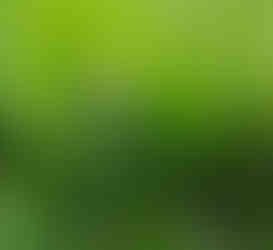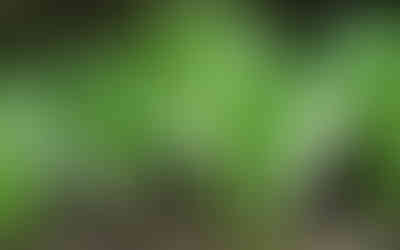Lily of the Valley, is yours native?
- Michelle

- Jan 24, 2022
- 3 min read

Last week I wrote on Canada Mayflower, Maianthemun canadense, also know as Wild Lily of the Valley. I got several inquiries about how to tell it apart from invasive European Lily of the Valley, Convallaria majalis, so here is a little more information.
Why does it matter?
Canada Mayflower is native to the Upper Peninsula (and the Great Lakes, northeastern U.S., and Canada). That means it was here prior to European settlement, and it has evolved for hundreds, if not thousands of years, to form complex relationships with its environment. It is perfectly in concert with the fungi and microrganisms in our soil, adapted to our weather, and most importantly, serves the creatures in our environment as part of their food or habitat. Birds and critters eat the speckled berries, solitary native bees pollinate the tiny flowers while getting nectar and pollen for their young, caterpillars munch the leaves and either grow up to be interesting butterflies and moths or end up serving as food for even more interesting baby birds. Canada Mayflower is part of a healthy UP ecosystem.
European Lily of the Valley (there is also an Asian strain), does not have the same relationships. It plays little role in our world, other than as eye candy and perfume for people. All parts of the plant are toxic, so few things find it palatable. Now, there is nothing wrong with having some eye candy in your garden. We grow native plants for a living, but we are not purists, and feel there is a place for a few plants in a garden that are just for people. However, most landscaping is 100% non-native, leaving our yards as deserts - devoid of food for most birds, the bugs that feed them, and even the microorganisms that go into healthy soil. If you want to read more on why we should incorporate native plants in our yards, read any of the books by Doug Tallamy. Suffice it to say for now that humans occupy most of the planet, and if we don't make some room for other critters and the bugs that feed them, our ecosystem will collapse. That... would be bad.
So, how bad is European Lily of the Valley? In our experience, pretty bad. It would be fine if stayed where it was planted and just looked pretty. The space it occupies would be worth it just for the scent of the blooms. However, it doesn't stay put. It spreads by rhizome, and the roots are deep and extensive. They are impossible to pull and difficult to dig. Every scrap that is missed while digging them out will form a new plant, and eventually a new colony. It also spreads by seed, eaten by birds and then "planted" in a new location. How do I know? Lily of the Valley was planted on our 100+ year old farmstead long before we arrived here. It has escaped the flower bed under the French Lilacs (also not native) and has spread into the fields and forest around our house. It forms huge colonies and drowns out native plants, like Canada Mayflower, while depriving the rest of the ecosystem of the food that native plants provide. It is on the invasive species list of several states and is listed here in Wisconsin's invasive species photo gallery.
How to spot the difference:
So, how can you tell if you have native Canada Mayflower or invasive Lily of the Valley?
| Canada Mayflower | Lily of the Valley |
Leaf arrangement: | Usually one leaf. When flowering, has 2 or three alternate leaves. | A main pair of leaves that grow from the base. |
Leaf size and shape | 3" long and 2" wide (more heart shaped and smaller) | 5-10" long and 3-5" wide (longer and skinnier) |
Flower stalk | One stalk containing alternate leaves and flowers on the tip. | Flower stalk grows up from between the leaves and is not attached to the leaves |
Flowers | Flowers are in a cluster of pairs on an erect stalk and have 4 petals/tepals that curve under exposing the stamens. | Single bell-shaped flowers that drape from the stem. Stamens hidden. |
Berries | Green to burgundy speckled | Orange to red smooth |
Admittedly, pictures are easier than facts in a table. Here is native Canada Mayflower, including a picture of a mature colony that my husband Todd had on his phone. He found them in a low spot near our driveway under some very old spruce trees. You can see the distinctive sprays of flowers and the alternate leaves. You can also see how lovely they are as a ground cover when allowed to fill in. Note that the Starflower in the second picture has no trouble co-existing with the Canada Mayflower. It would not survive if Lily of the Valley moved in.
Now here is European Lily of the Valley for comparison. It is hard to tell from the pictures, but the plants are about twice as big. Note the length of the leaves, the lack of a heart shape, and that the flowers are unmistakably different.
Despite Lily of the Valley's famous scent, we much prefer the native Canada Mayflower. So do grouse, chipmunks, and the White Triangle Tortrix moth. We hope you prefer it also. If you don't already have some, you can get Canada Mayflower here for pick-up in the spring. And thanks for supporting native plants!






















Comments